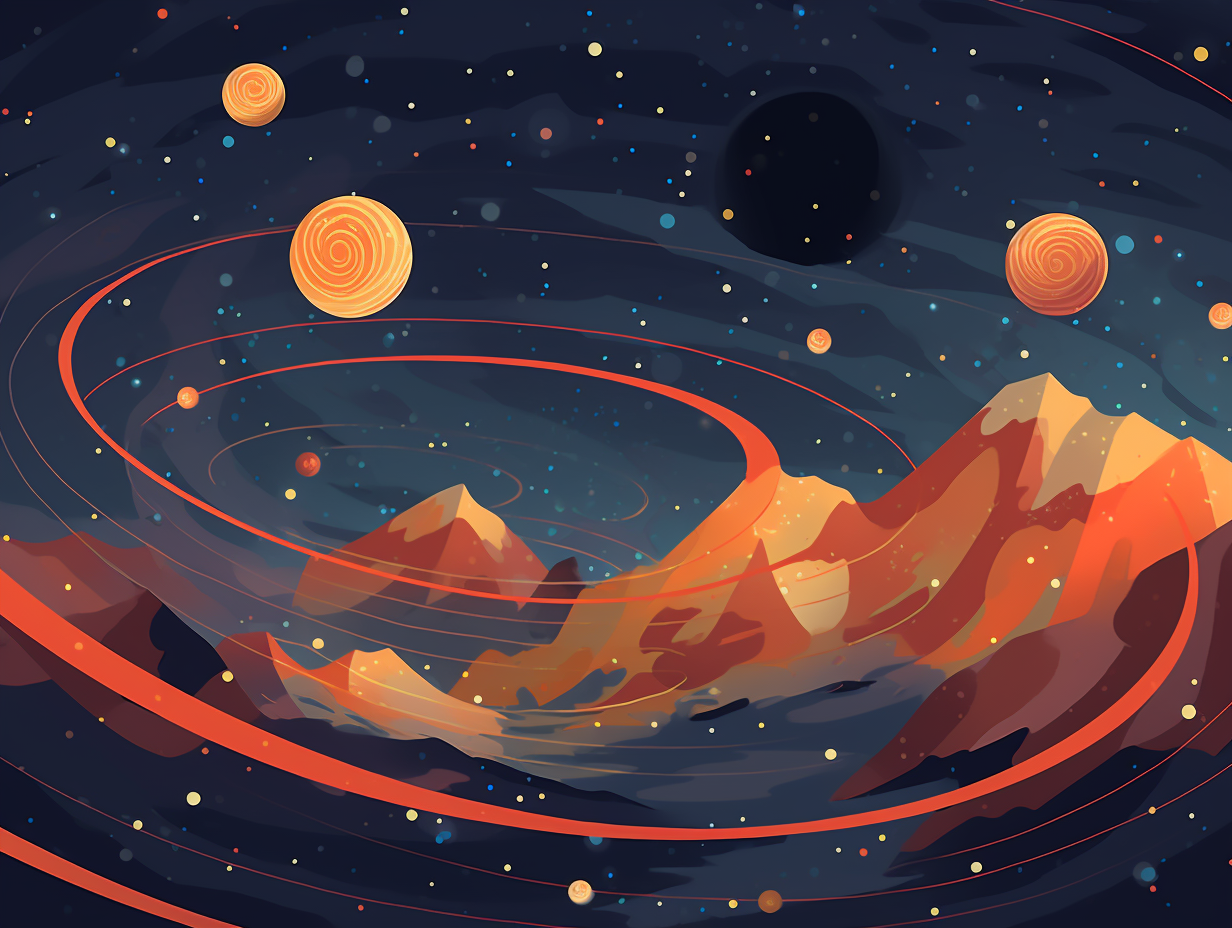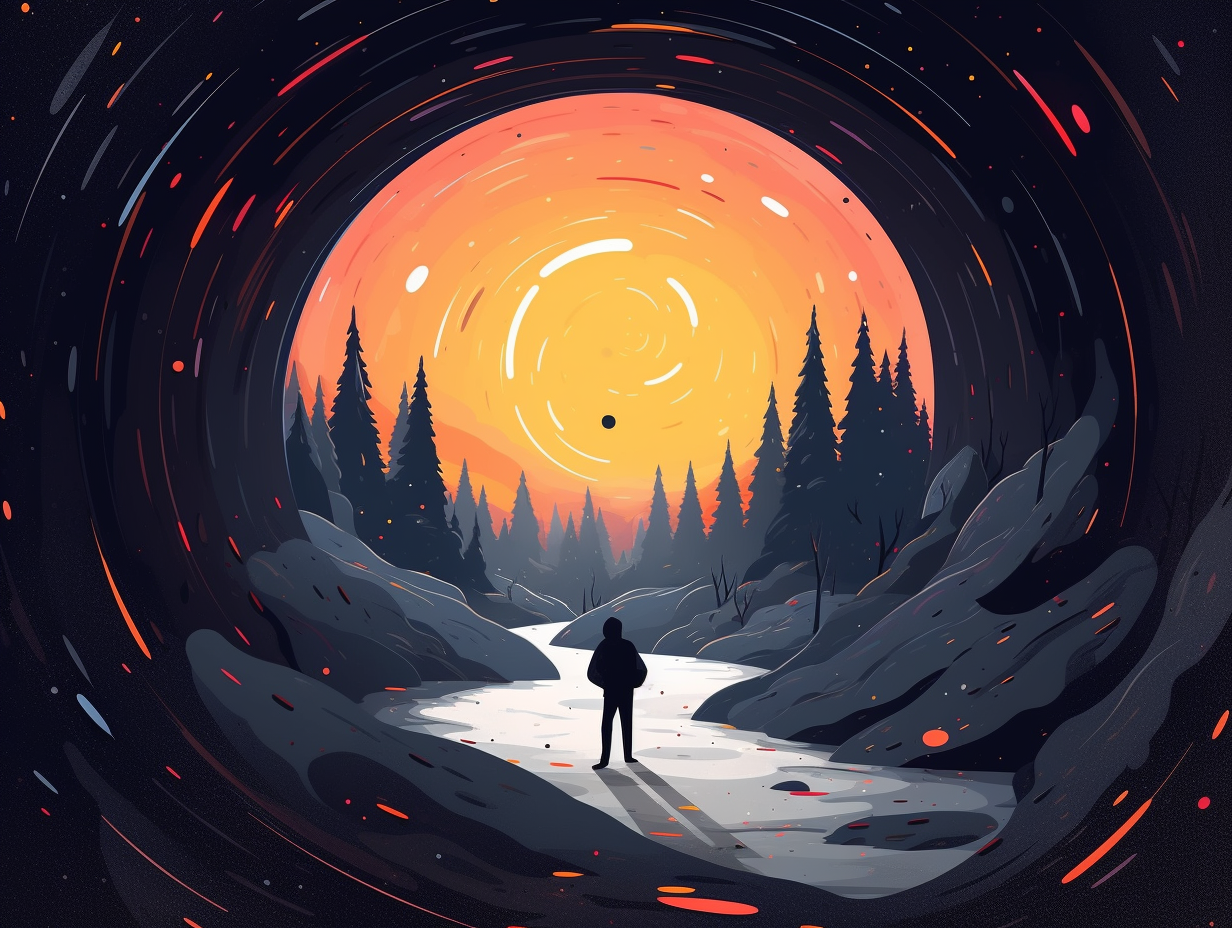Discover the Cosmic Magic: Top 13 Fun Facts About Meteors That'll Leave You Starstruck!
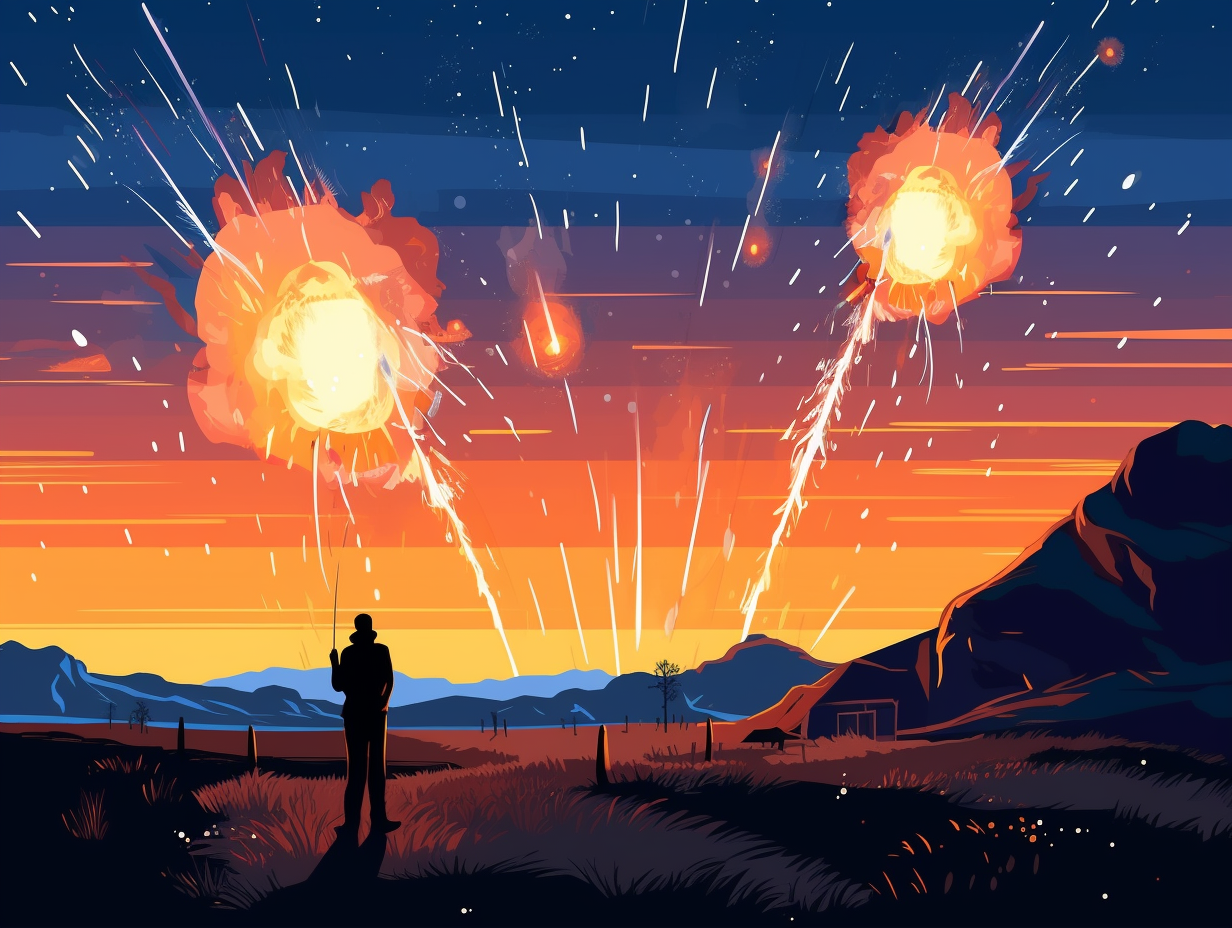
1. Rocket Roadrunner Meteors
Speeding like a roadrunner on rocket skates, meteors blaze across the sky only to end up as delightful dust sprinkles or chunky cosmic souvenirs: These celestial show-offs, zipping at up to 70 km per second, burn into a bright meteor streak before either disintegrating into dust particles and glassy micrometeorites or miraculously surviving the thrilling plummet to become meteorites, carrying priceless tales of the Solar System's mysteries.
Source => australian.museum
2. Earth's Celestial Speed Date
Earth's annual dance with Halley's Comet: a celestial speed dating event! When these star-crossed partners rendezvous, the Orionid meteor shower dazzles us with swift, sky-high fireworks. The fun fact behind this cosmic tango? The Orionids actually originate from lightweight debris shed by Halley's Comet, and their need for speed is due to their opposite orbital direction compared to Earth!
Source => space.com

Did you know that Halley's Comet is essentially a cosmic snow cone? Discover the fascinating mix of ices and dust that make up this celestial phenomenon!
=> Fun Facts about Comets
3. Tunguska's Wild Party
If you think you had a blast last Fourth of July, hold on to your party hats: In 1908, the Tunguska event became the largest witnessed meteor airburst in history, unleashing a whopping 15,000 kilotonnes of TNT energy. Measuring 50-60 meters, this stony meteoroid blew up 5-10 km above Siberia and flattened an area of around 2,150 km2, proving that not all shooting stars are merely innocent twinkles vanishing into the night.
Source => en.wikipedia.org
4. Wishing on Wrong Stars
Hold onto your wishes, wishful thinkers: those "shooting stars" you've been wishing upon aren't actually stars at all! They're simply meteors, created by meteoroids entering Earth's atmosphere and getting all hot and bothered due to the friction that comes with their high-speed, fiery dance party.
Source => nationalgeographic.org
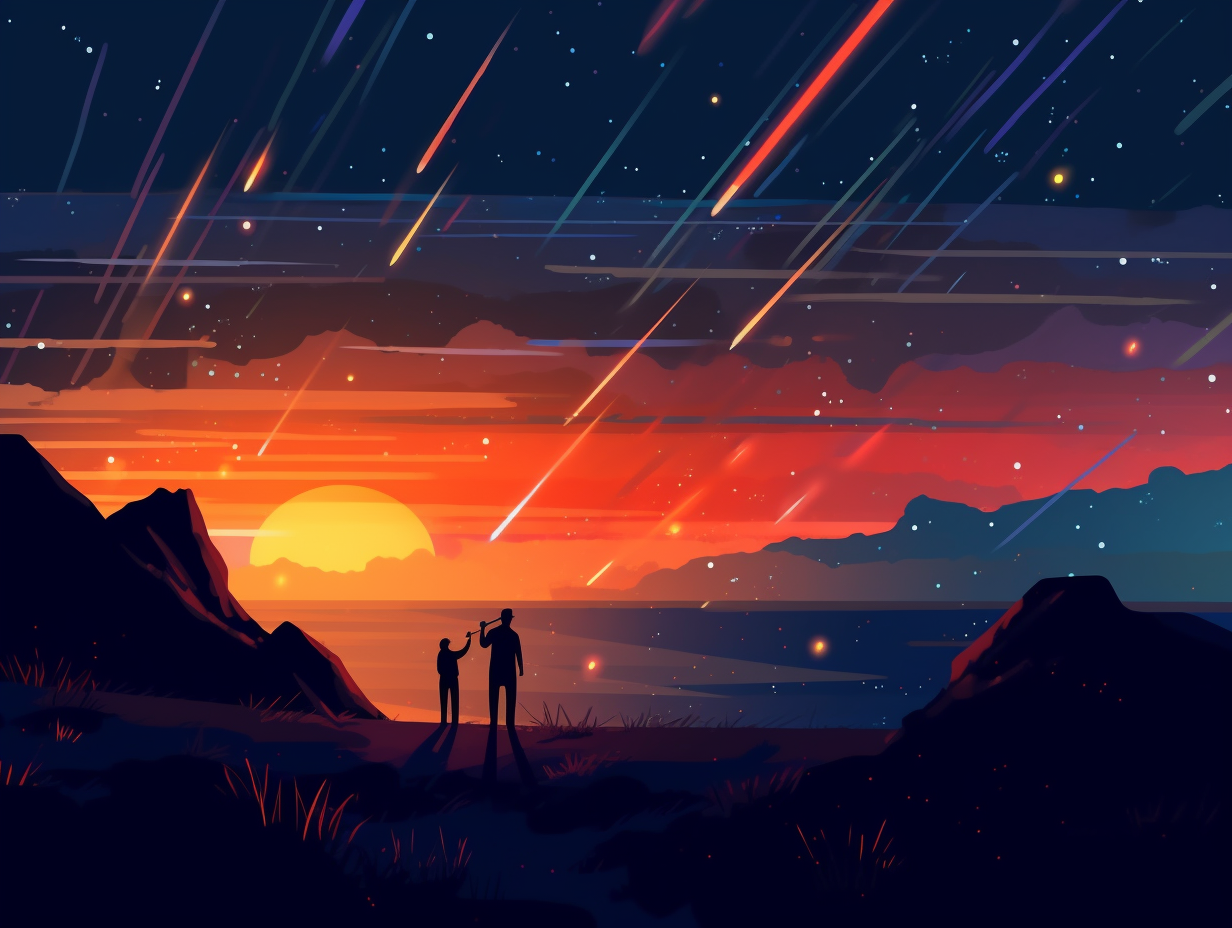
5. Space Dust Gold Rush
If you're seeking fortune in meteorites, you might just be shooting for the stars - or melting polar ice, for that matter: While some meteorites do contain precious metals such as gold, platinum, and iridium, not all of them possess significant quantities due to their varied origins and constituents; funnily enough, melting Antarctic snow can reveal space dust that might contain these valuable elements, although scrapping your old gadgets may prove to be a more down-to-earth option for striking it rich!
Source => specialtymetals.com
6. Ancient Meteorite Chronicles
Talk about being old as dirt: NWA 11119, a meteorite that's a staggering 4.6 billion years old – the same age as our solar system – contains silica-rich crustal rocks formed within the first 10 million years of planetary evolution, giving scientists a glimpse into the fascinating world of planet formation.
Source => geologyin.com
7. Meteor's Dramatic Entrance
Who knew space rocks had a flair for the dramatic? They streak across the sky, dazzling spectators with a bright and fiery performance, only to end their grand entrance with a sonic boom finale – talk about making an impact: When small meteors enter Earth's atmosphere, they can cause potentially damaging sonic booms or even strike structures as meteorites, serving as a reminder that these celestial enthralling sights can pack quite a punch on our planet.
Source => science.howstuffworks.com
8. Fireball's Contrail Envy
Why did the fireball meteor smolder with envy at the airplane's contrail? Because its train just didn't last as long: Fireball meteors can develop two types of trails, trains and smoke trails, with trains lasting only a few seconds, but occasionally up to several minutes, while contrails are linear clouds formed by high-altitude airplanes mixing hot moist air from their exhaust with sub-freezing humid air.
Source => amsmeteors.org
9. Meteor Shower Identity Crisis
Ah, the Quadrantid meteor shower: proof that even celestial events can't escape the perils of a midlife crisis and point to a long-lost constellation for its identity crisis! A fine, French astronomer named Jerome Lalande was to blame, as he recognized a "new" constellation called Quadrans Muralis back in 1795: This cosmic graffiti, unfortunately, faded into oblivion by 1922, but the meteor shower itself, arguably more punctual than its human creators, still shows up year after year, wearing its parental namesake with pride and defiance.
Source => nhm.ac.uk
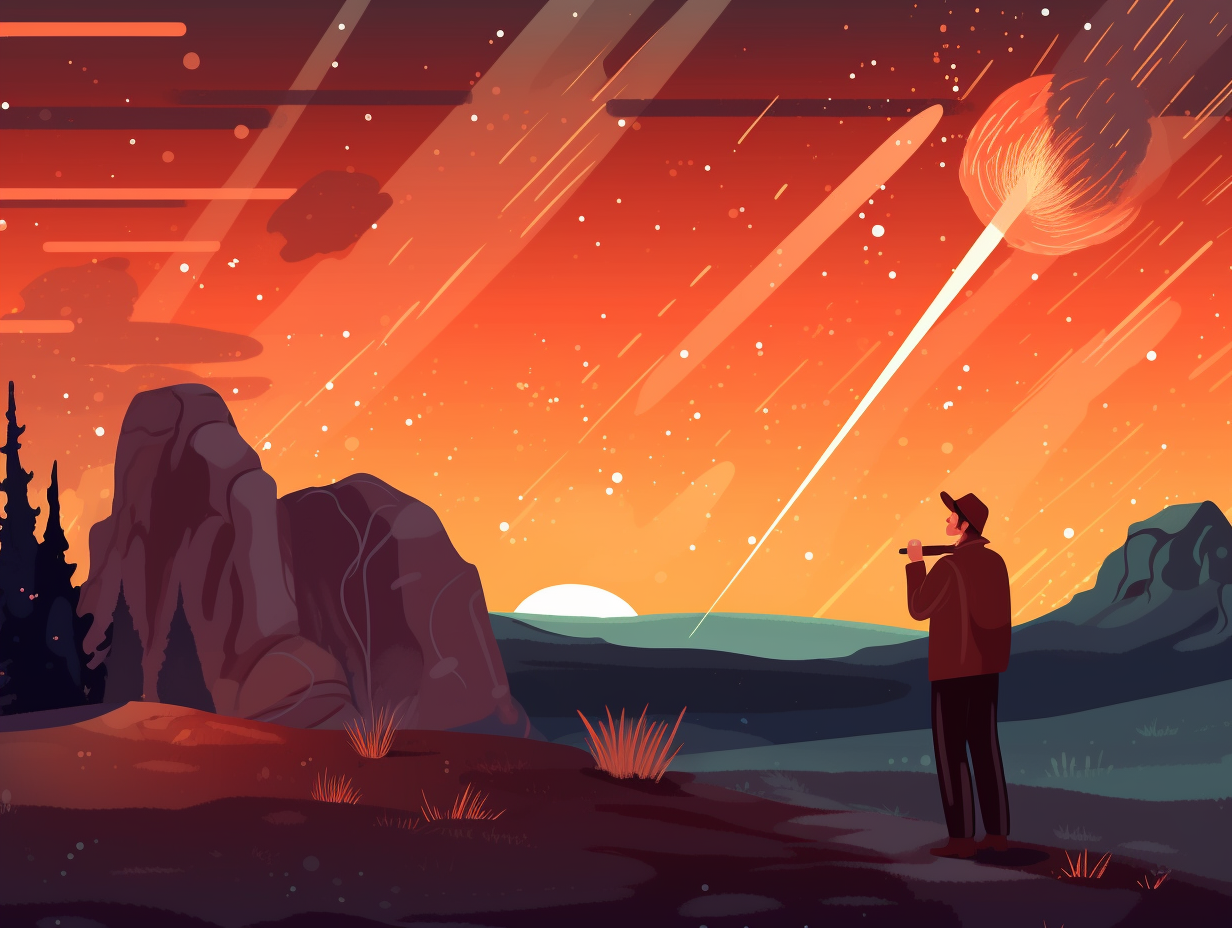
10. VIP Access to Meteor Showers
Why pay for a VIP ticket to Nature's cosmic theater when the best seats are as free as the celestial spectacle itself? Just don your anti-bug armor, claim a starlit throne with comfy cushions, and let the cosmic extravaganza sweep you off your feet: Meteor showers are best enjoyed in a dark, open space with minimal trees, and all you need are your eyes—no fancy equipment required.
Source => eyesonthesky.com
11. Rocky Lucky Charms
Rumor has it that the extraterrestrial world likes to shower us with lucky charms – or perhaps they're just rocky charms: In Chile, it's a common belief that picking up a stone after witnessing a meteor will bring good fortune, linking cosmic sightings with a sprinkle of luck!
Source => guardianlv.com
12. Kardashian Meteors
Always fashionably late to the party and leaving a trail of cosmic glitter behind, meteors are the Kardashians of the solar system: Originating from diverse sources like the Kuiper belt, Oort cloud, Moon, and Mars, these celestial speedsters zip through the cosmic runway at up to 42 kilometers per second, sometimes creating awe-inspiring shooting stars or, on the flip side, wreaking havoc on unfortunate spacecraft and our very own Earth.
Source => nationalgeographic.org
13. Antarctic Meteorite Treasure Hunt
"An icy treasure hunt with a massive grand prize: Antarctica is the ultimate meteorite hotspot due to its dry climate, glacier movements, and recent discovery of a rare 16.7-pound monster space rock that outweighs its 100 similar-sized counterparts already found within this frozen wonderland!"
Source => space.com
Related Fun Facts


